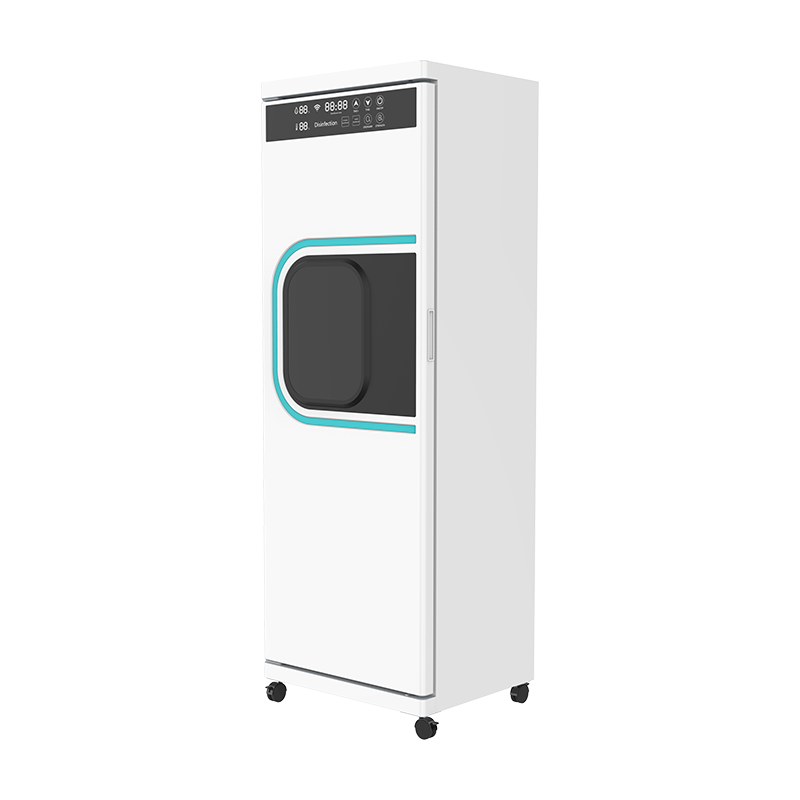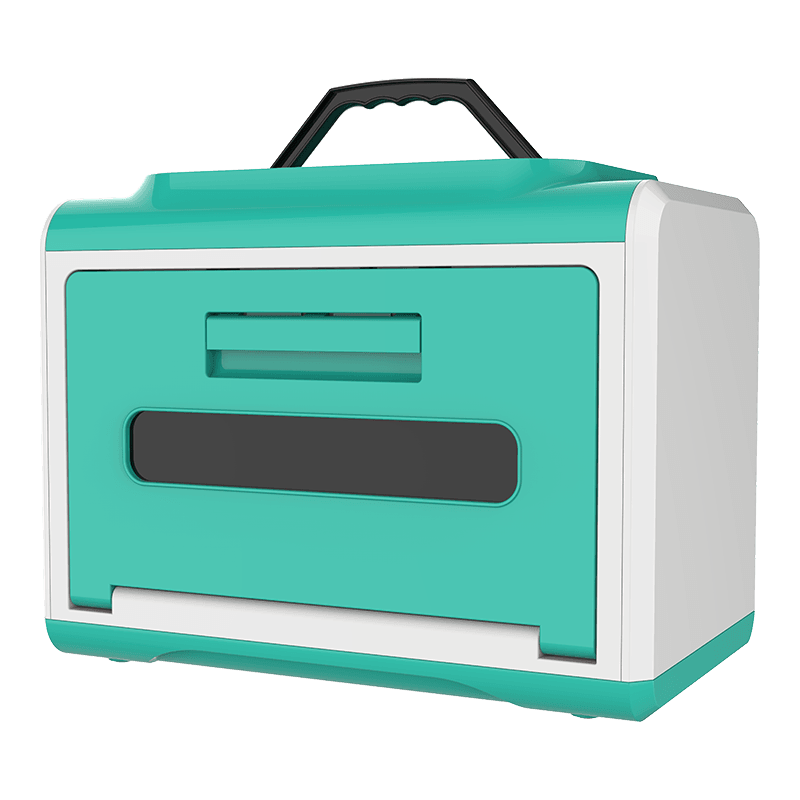Content
- 1 1. Signs of air purifier failure
- 1.0.0.1 The filter is out of service, and the purification efficiency plummets
- 1.0.0.2 The sensor fails, and the purifier is "busy"
- 1.0.0.3 Ozone exceeds the standard, and the purifier becomes a "poison gas machine"
- 1.0.0.4 The air duct is blocked, and the purification efficiency is reduced by 50%
- 1.0.0.5 The filter is not tightly sealed, and pollutants "sneak away"
- 2 2. The role of air purifiers: not only to remove PM2.5, these functions you may not know
1. Signs of air purifier failure
The filter is out of service, and the purification efficiency plummets
Problem: Both HEPA filters and activated carbon filters have a service life, but many people forget to replace them.
Symptoms:
The wind force at the air outlet is significantly weakened
The color of the filter becomes darker, and there is even an odor
The PM2.5 value decreases slowly after purification
Hazards:
After the filter is saturated, pollutants may be blown back into the air
Breeding mold and bacteria, causing secondary pollution
Solution:
Check the filter status regularly (HEPA filters are usually replaced every 6-12 months)
Choose a smart purifier with a filter replacement reminder
The sensor fails, and the purifier is "busy"
Problem: PM2.5 and formaldehyde sensors may fail after long-term use, causing the purifier to misjudge the air quality.
Signs:
The indoor air is poor, but the purifier displays "excellent air quality"
The wind speed does not change with pollution in automatic mode
Hazards:
The purifier cannot respond to pollution correctly, resulting in ineffective purification
Solution:
Compare purifier data with professional detectors regularly
Choose a laser PM2.5 sensor (more accurate than an infrared sensor)
Ozone exceeds the standard, and the purifier becomes a "poison gas machine"
Problem: Electrostatic dust collection and ultraviolet sterilization purifiers may produce ozone (O₃).
Signs:
The room has a "metallic taste" or "disinfectant smell" after use
Dizziness and sore throat after long-term use
Hazards:
Excessive ozone will irritate the respiratory tract, and long-term exposure may cause cancer
Solution:
Avoid choosing models with excessive ozone (national standard requires ≤0.1mg/m³)
Prioritize physical purification methods with HEPA+activated carbon filtration
The air duct is blocked, and the purification efficiency is reduced by 50%
Problem: Dust and hair block the air inlet and outlet due to long-term cleaning.
Signs:
The machine noise becomes louder, but the air volume becomes smaller
The dust accumulates around the machine body or filter
Hazards:
Affects air circulation and reduces purification efficiency
Solution:
Use a vacuum cleaner to clean the air inlet and outlet every month
Choose a purifier with easy-to-disassemble and wash design
The filter is not tightly sealed, and pollutants "sneak away"
Problem: Poor quality purifiers or improper installation cause air leakage at the edge of the filter.
Signs:
There is still obvious odor or dust after purification
The filter is loose and has gaps after installation
Hazards:
Unfiltered air directly enters the room, and purification is ineffective
Solution:
Purchase a brand model with good filter sealing
Make sure the filter is installed in place when replacing the filter
2. The role of air purifiers: not only to remove PM2.5, these functions you may not know
- Filter particulate matter (PM2.5/PM10)
Function: Remove dust, pollen, smoke and other inhalable particulate matter in the air.
Applicable scenarios:
Smog weather (when outdoor PM2.5 is high)
When someone smokes or cooks at home
Households with pets (reduce suspended hair and dandruff)
Technical principle:
HEPA filter (high efficiency filtration, filtration efficiency of 0.3μm particles ≥99.97%)
Electrostatic dust collection (no consumables, but may produce ozone)
- Remove decoration pollution such as formaldehyde and TVOC
Function: Adsorb or decompose harmful gases such as formaldehyde and benzene to reduce the risk of cancer.
Applicable scenarios:
After the decoration of a new house (the formaldehyde release period is as long as 3-15 years)
New furniture is brought in (boards and glue release TVOC)
Technical principle:
Activated carbon adsorption (needs to be replaced regularly, otherwise it will be released again)
Catalytic decomposition (such as photocatalyst, cold catalyst, decomposing formaldehyde into CO₂+H₂O)
- Sterilization and disinfection (viruses, bacteria, mold)
Function: Reduce pathogens in the air and reduce the risk of influenza and allergies.
Applicable scenarios:
High-incidence season of influenza (such as winter, seasonal change)
There are infants, elderly people or people with low immunity at home
Technical principle:
UV ultraviolet sterilization (destroy microbial DNA)
Negative ion sterilization (sedimentation of bacteria)
Antibacterial coating filter (inhibits microbial reproduction)
- Remove odors (smoke, pet, mold)
Function: Improve indoor air quality and make the air fresher.
Applicable scenarios:
Kitchen fumes, bathroom odors
Pet-raising families (cat litter, dog urine odors)
Damp and musty odors in basements
Technical principles:
Activated carbon adsorption (effective in the short term, needs to be replaced regularly)
Ozone oxidation (powerful deodorization, but concentration needs to be controlled)
Catalytic decomposition (such as plasma technology, decomposing odor molecules)

 EN
EN
 English
English 中文简体
中文简体
.png)









